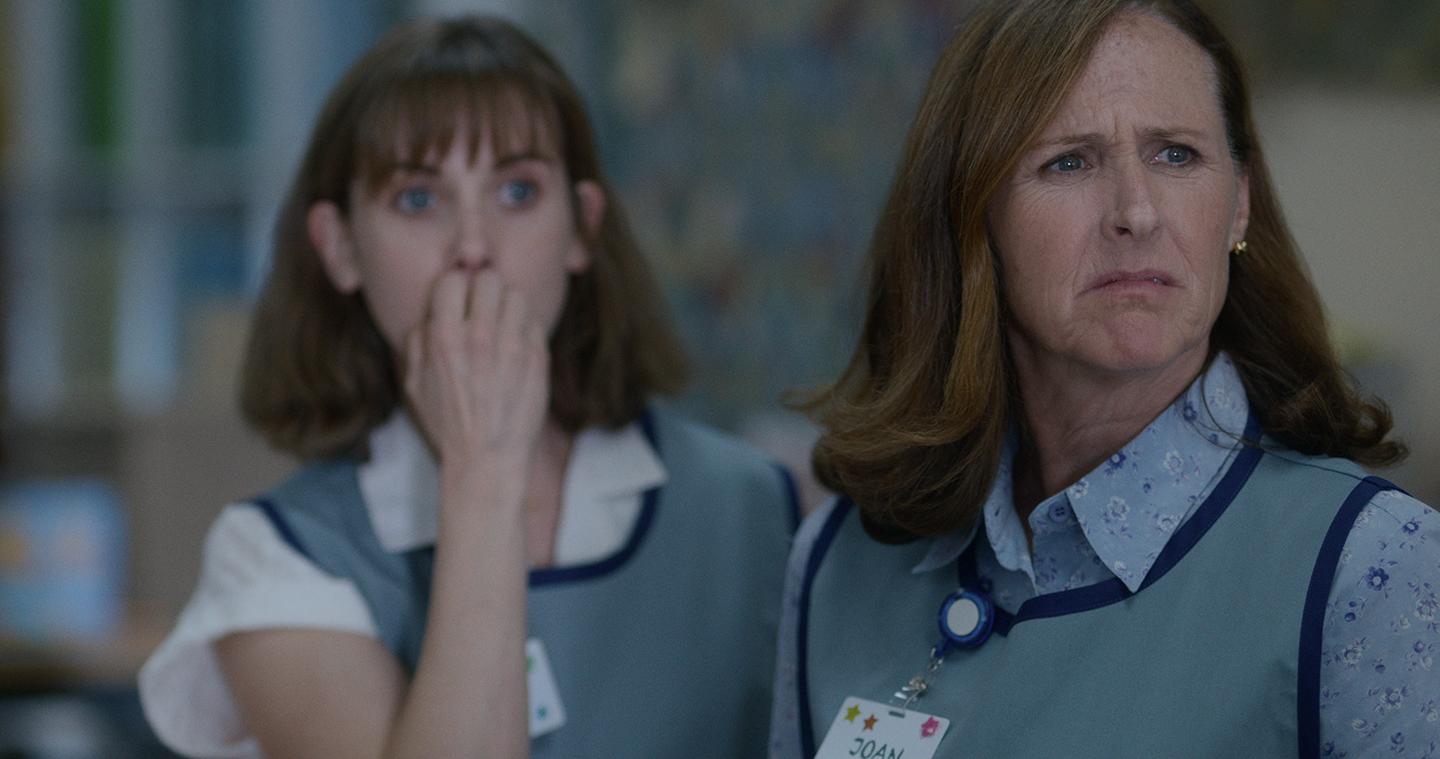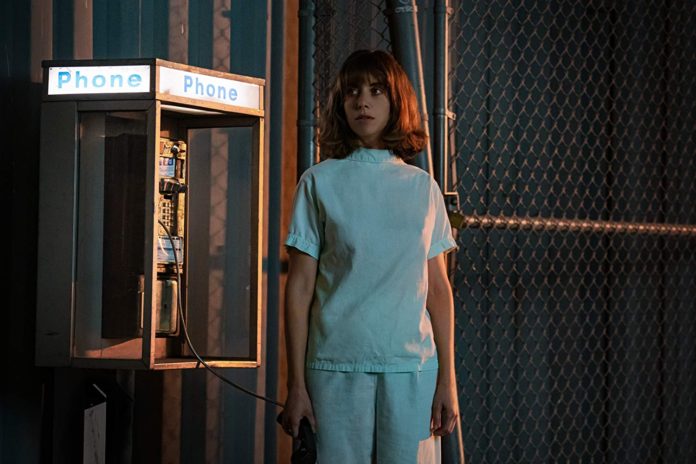Horse Girl is an American indie drama film about Sarah, a shy woman whose traumatic mental breakdown leads her into a downward spiral–one that involves sleepwalking, lucid dreaming, and delusional beliefs and hallucinations.
It was distributed by Netflix and produced by Duplass Brothers Productions as well as American screenwriter and film director Jeff Baena, who co-wrote the screenplay with Alison Brie. Brie stars as Sarah in the film alongside Debby Ryan, John Reynolds, Molly Shannon, John Ortiz, and Paul Reiser.
In numerous interviews, Brie mentions her family’s history of paranoid schizophrenia as a cause for anxiety that constantly plagued her and one that she wished to explore through writing Horse Girl. Sarah is the quintessential indie film female character–she’s complex, strange, and interesting.
Her life is also an abstract visual canvas of beautiful but terrifying hallucinations and delusions that occur as the inevitable result of her potential genetic predisposition to severe mental illness.
Rolling Stone‘s review of the film argues Sarah’s character strays from conventional fictional prototypes. She is anything but an ugly duckling who “blossoms into a beautiful swan that turns heads and gets the guy” type. Instead, in the film she is portrayed as a sweet but socially awkward girl who works at an arts and crafts store. Simultaneously the film fleshes out the complexity of her mind by visually illustrating, scene-by-scene, the graphic nature of her psychological breakdown as she slips away from reality and spirals into instability.

Although Sarah is introduced as having the mildest of personalities, the hallucinations that eventually plague her are of the gravest kind–she ends up in unknown places with no time orientation, finds severe bruises along her body, and even finds herself disoriented and naked in the crafts store–these instances being only a small percentage of the visualizations of her breakdown in the entirety of the film.
Instead of assuming a traditional approach to portraying mental health, Horse Girl relies on its extremity and eccentricity to portray the harrowing effects of a paranoid-schizoid and depressive personality that can torment a lonely, quiet girl.
Horse Girl’s strongest suit is the presentation of its dynamic central character Sarah. This is because through her tremendous depth of personality, she defies typical conventions of the dramatic portrayal of psychological trauma, and form and plot follow suit.
The ending is perplexing, ambiguous, and perhaps even disturbing. But that’s what lends a raw quality to the film, too. Sarah never has the answers, but she’s constantly searching, filled with the conviction that one day she will be reconciled with her true identity. The film does not aim to display a scientifically accurate portrayal of mental illness, but it does not romanticize it either.
It is Brie’s visual account of her personal fears, and while people may share a few common symptoms on paper, each of our worldly experiences are vastly and wildly different from one another – and that is perhaps what Horse Girl’s central character Sarah, its visual elements, and its enigmatic ending aim to grasp.
Featured image provided by IMDb.






